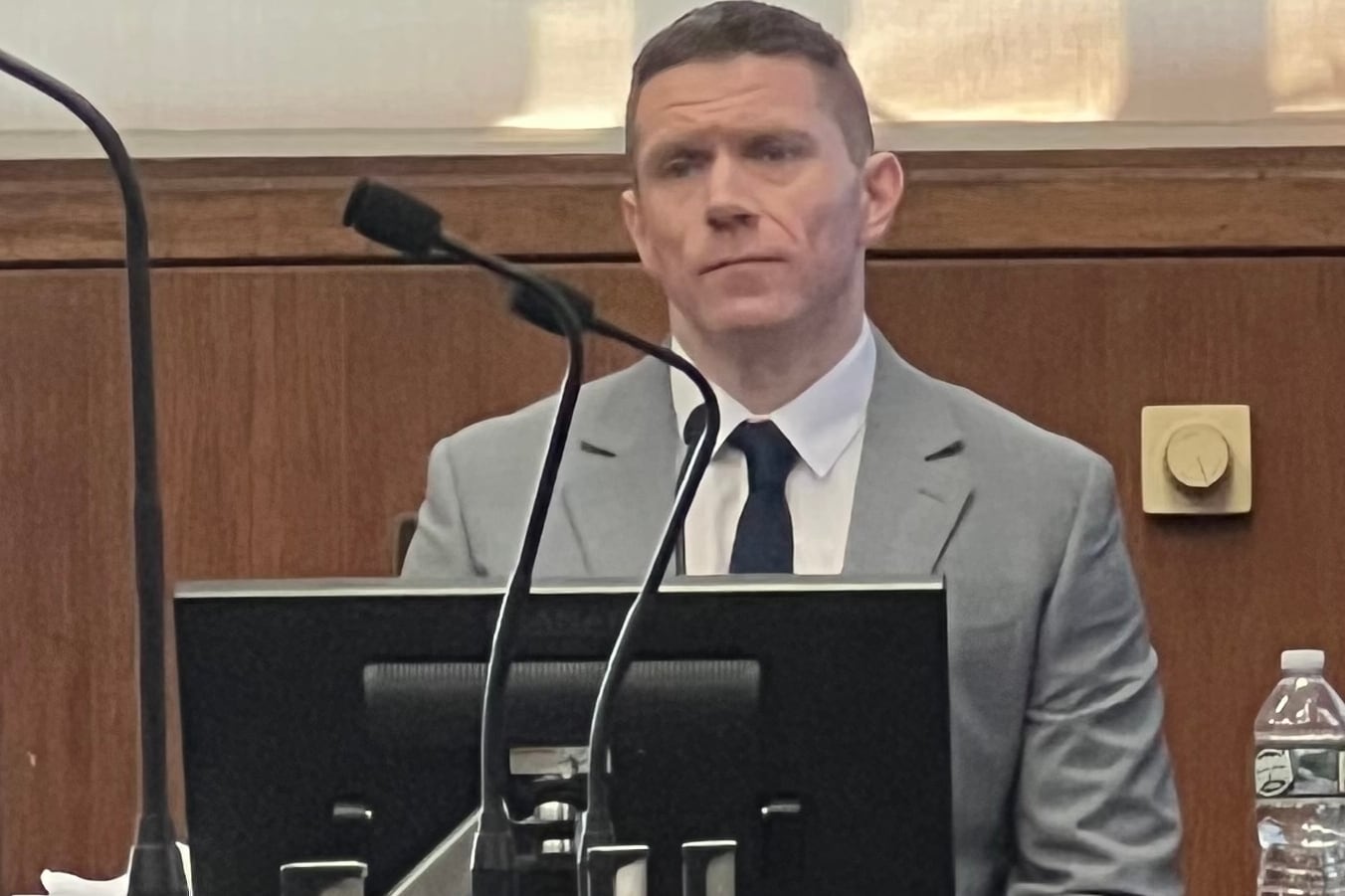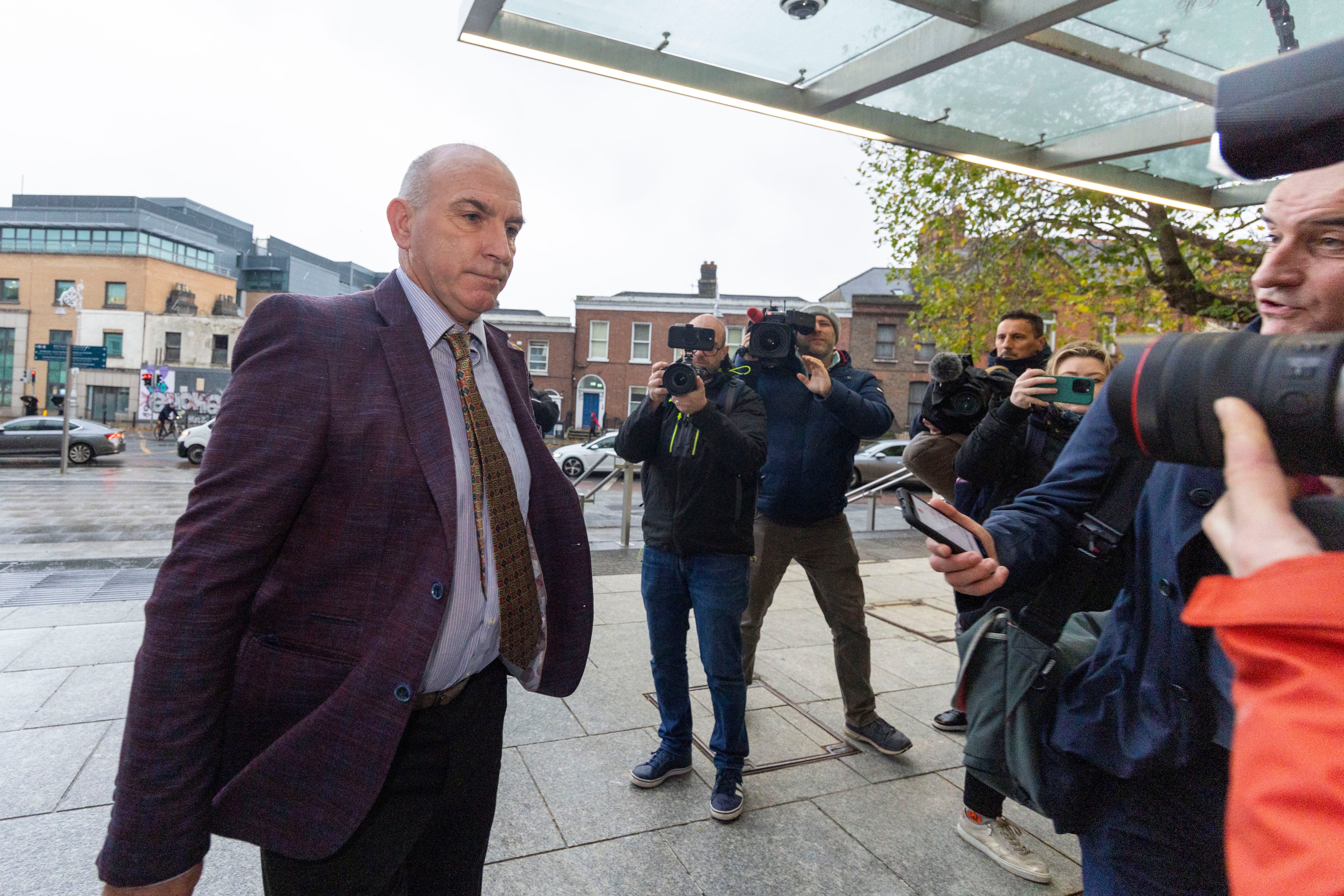Twice within the past week, Vladimir Putin has announced successful tests of new, nuclear-powered weapons, with the apparent intention of frightening western adversaries.
On Sunday, Putin and his chief of staff, Gen Valery Gerasimov, said Russia had tested a low-flying, nuclear powered and potentially nuclear armed cruise missile called Burevestnik (Sea Petrel or storm herald).
Gerasimov said the missile flew 14,000km (8,700 miles) in 15 hours. The Burevestnik’s engine is a small, nuclear fission reactor, giving it what Russia claims is virtually unlimited range. Western experts call it a “flying Chernobyl” because it is thought to trail radioactive exhaust. When it comes down, as it eventually must, its radioactive fuel is dispersed, making it – in the worst case scenario – de facto a dirty bomb.
On Wednesday, Putin announced that Russia has tested a nuclear-powered underwater drone called Poseidon. In May 2022, Russian state television broadcast a simulation of the detonation of a Poseidon missile off the coast of Donegal. It obliterated Ireland and the UK.
READ MORE
Putin reminds the world of his powers of destruction at regular intervals. “Today’s Russia remains one of the most powerful nuclear states,” he said on February 24th, 2022, as Russian troops poured across Ukraine’s borders. He warned any third party “who tries to stand in our way ... that Russia will respond immediately, and the consequences will be such as you have never seen in history”.
As Putin flaunts his doomsday weapons, Europeans grapple with hybrid warfare.
Putin assassinates opponents on European soil, meddles in European elections, floods the internet with disinformation, uses “disposable” agents recruited on the Telegram channel to plant bombs in shopping centres and DHL depots and, most recently, has invaded the airspace of at least five EU countries with drones or fighter aircraft.
The purpose of the airspace incursions was apparently to see just how far Russia could go before the Europeans reacted. In her State of the Union address on September 10th, president of the EU Commission Ursula von der Leyen advocated an “eastern flank watch” including a “drone wall” along Europe’s eastern border with Russia.
[ Putin says Russia has tested new nuclear-capable missileOpens in new window ]

A drone wall is comprised of optical and acoustic sensors, radars, electronic jammers and air defence weapons intended to track and destroy Russian drones like those which kill Ukrainian civilians nightly.
Ukraine, a leader in drone technology, manages to stop, at best, 80 per cent of incoming Russian drones. Even if Ukraine had them in adequate numbers, the use of Patriot missiles and fighter jets against drone swarms would be inefficient and prohibitively expensive.
It is impossible to monitor the very long border entirely. Electronic counter measures and interceptor drones are works in progress. Ukrainian machine gunners shoot drones from helicopters, light aircraft and the back of pickup trucks.
No one knows how long it will take the EU to build its drone wall, how much it will cost or who will pay for it. In the meantime, much of Ireland is in denial about the need to confront Russian aggression.
In July, I interviewed Phillips O’Brien at the Galway Arts Festival. Prof O’Brien teaches strategic studies at St Andrews University and is a leading expert on the Russo-Ukrainian war. At the end of our discussion, a man stood up and twice repeated: “I will not send my son to fight for eastern Europe.” No one was asking him to, Prof O’Brien replied. A second member of the audience called Prof O’Brien and I warmongers for advocating military assistance to Ukraine. I told him I have opposed every war I have covered, until this one, because Ukraine’s war is a just war of self-defence.
In August, Catherine Connolly, now president-elect of Ireland, told tThe Irish Times: “Russia is conducting an illegal invasion of Ukraine – it must immediately end its horrific assault in accordance with international law and an immediate ceasefire.”
[ What exactly does Vladimir Putin hold over the cowardly Donald Trump?Opens in new window ]

There is a disconnect between Connolly’s condemnation of the invasion and expression of solidarity with Ukrainian refugees and her criticism of the “militarisation” of Europe. Trump has dramatically reduced US assistance to Ukraine. If Europe does not step up its arms industry and help Ukraine, no one will.
Connolly is right to condemn European arms exports to developing countries as a colossal waste of funds that could be better used to improve life for the world’s population. But she fails to note that Russia and China rank third and fourth in the Stockholm International Peace Institute’s list of arms exporters, ahead of the British and Germans. She conflates immoral arms exports with the decision to support a democratic country that is fighting a brutal dictatorship.
President-elect Connolly’s desire for Ireland to “use (its) voice for peace” is based on the assumption that Putin is amenable to reason. Putin has made it abundantly clear that he is determined to end Ukraine’s existence as a sovereign nation.
The war can end immediately if Russia stops fighting; if Ukraine stops fighting, it will cease to exist.
Asked if she believed Nato was equally or partly to blame for the Russian invasion of Ukraine, Connolly condemned the Russian invasion but criticised Nato’s “warmongering and escalation towards conflict”.
The argument that Nato provoked the war ignores the fact that former Warsaw Pact countries, scarred by centuries of Russian imperialism, clamoured to join Nato. It denies them agency as sovereign, independent countries.
Ireland is right to stay out of Nato for as long as Donald Trump and the Maga movement hold power in the US. But European defence, and the coalition of the willing founded by Emmanuel Macron and Keir Starmer to support Ukraine – which Ireland has joined – are an entirely different proposition. It is Putin’s determination to reconstitute the former Soviet Union that is imperialistic; not Europe’s feeble attempts to support Ukraine and protect itself.
Geography has so far spared Ireland from being targeted by Russia, but we must shed what Taoiseach Micheál Martin called our “degree of naivety” regarding the Russian threat.
European leaders predict a military conflict with Russia within two to five years. Ireland owes at least passive support – not accusations of militarism and imperialism – to its European partners in their attempts to confront a revanchist Russia.
For all its failings, the EU is the last bastion of democracy and rule of law. Ireland should stand with Europe.











